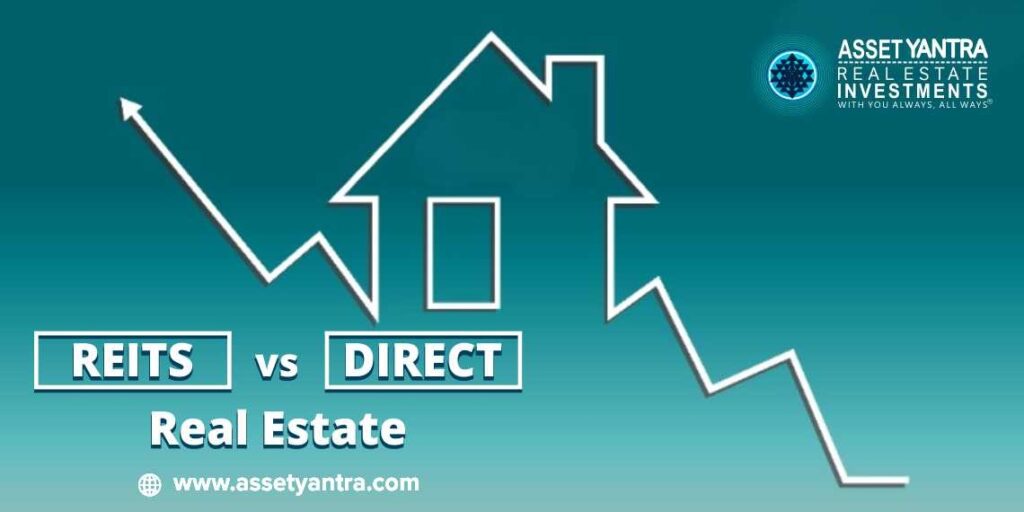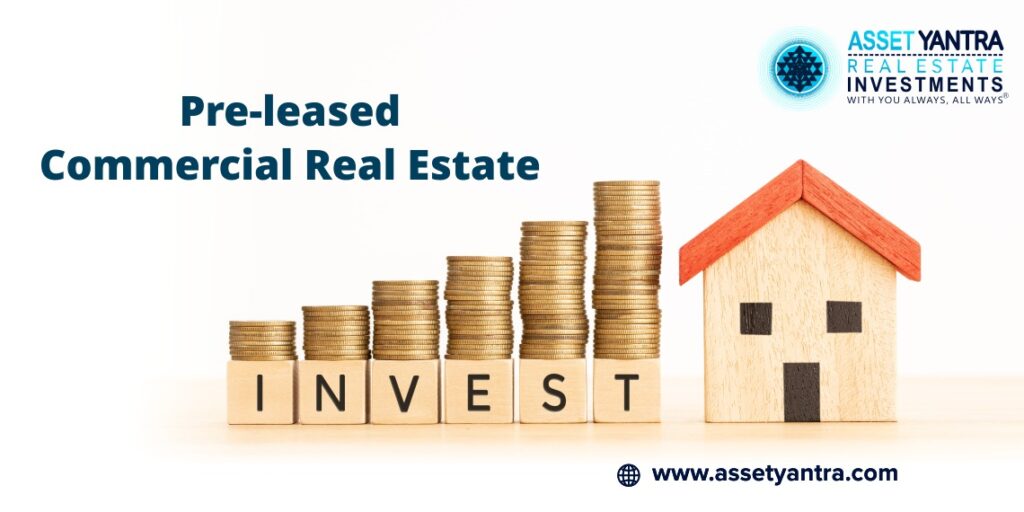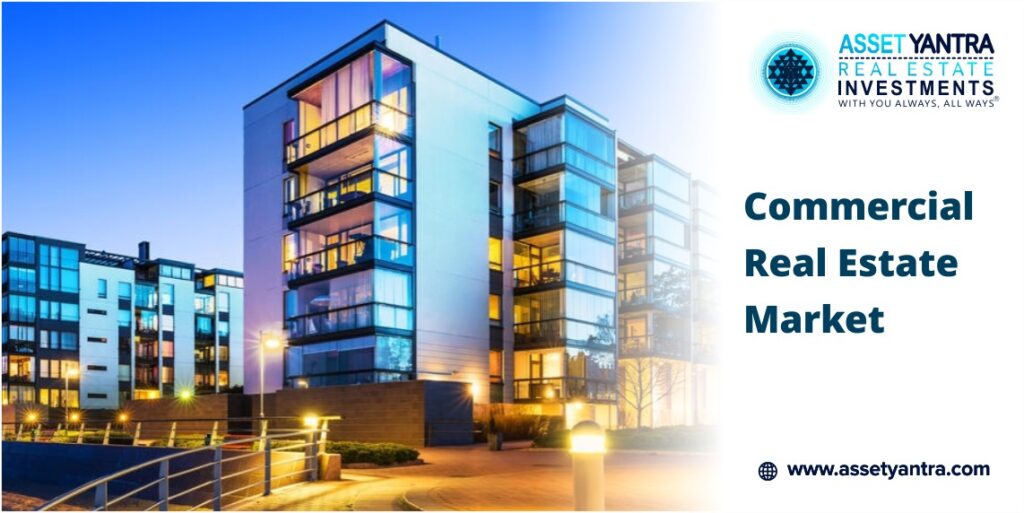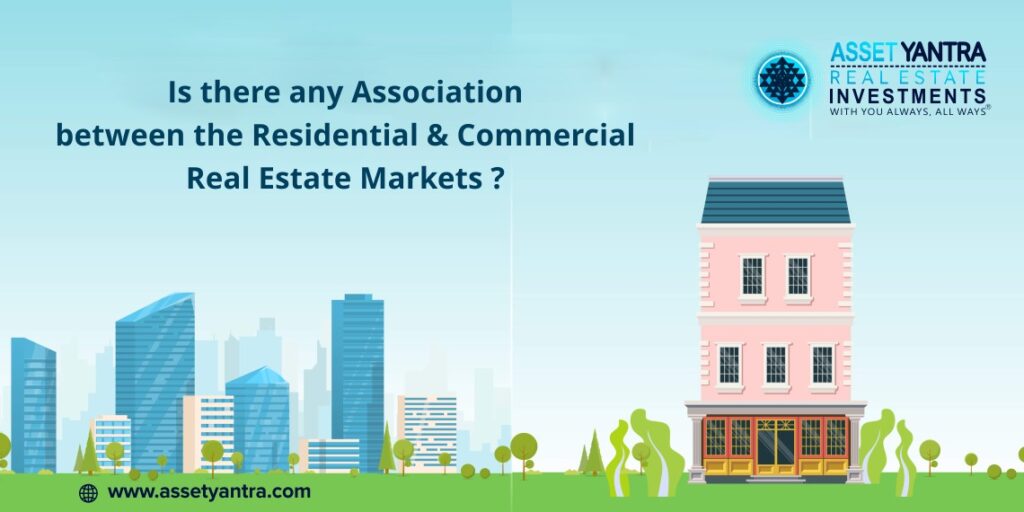Boost in demand for real estate in suburban areas of Hyderabad
Hyderabad’s suburbs have recently witnessed an increase in the rates of real estate properties. Places like the Jubilee Hills, Gachibowli, Nizampet, Kondapur, and Madhapur are also in the same situation. Also areas like Gopanally, Manikoda, and Narsingi are facing increased demand due to the rise in prices of real estate. Knight Frank has observed an increase in demand for real estate in Hyderabad’s neighboring areas. The study featured a rise in real estate sales from Hyderabad’s four residential marketing districts, including Hyderabad, Medchal – Malkajgiri, Rangareddy, and Sangareddy. Further estimated reports of registration According to an analysis of home sales registrations, the Medchal-Malkajgiri district comes out on top with 44%, trailed by the Rangareddy district with 38%. In contrast, the Hyderabad district accounts for only 14% of overall registrations. According to Knight Frank India, 5,181 pieces of real estate property were registered in Hyderabad in August. Participation and demand appeared to be declining when the month recognized as Ashada Maasdam began. Expected plot registrations in August were Rs.2,658 crore, representing a 26% rise from the previous month. The present situation of commercial real estate in Hyderabad Since the outbreak, there has been a rise in demand for huge ticket-sized homes. The bulk of registrations was for plots ranging in size from 1,000 to 2,000 sq.ft. It is well known that perhaps the economy is currently experiencing inflation. Despite all of the economic and external issues such as underemployment, interest rates, taxation, and so on, the rise in real estate prices in Hyderabad’s suburbs is extremely remarkable. Demand across popular cities of the Indian market According to a Reuter’s survey of property specialists, real estate prices in India were predicted to rise 7.5 percent on a pan-India scale this year, the quickest gain in 5 years. The average house price is expected to grow by 6% the following year and 6% in 2024. The survey of 13 real estate analysts was conducted from May 11 to May 27. In a March survey, experts predicted a 5.0% growth rate for this year. Costs in Mumbai and Delhi, along with the bordering National Capital Region, are predicted to grow by around 4% and 5% this season and next, according to a Reuter’s poll. Rates in Bengaluru, as well as Chennai, are expected to grow by 5.5% – 6.6% over the following 2 years. “The Indian marketplace has profited greatly from cheap lending rates over the previous two years”. This policy rate increase will result in increased EMIs for house loans. Yet, we believe that better purchaser attitudes, a desire for home ownership, and solid income growth will keep the housing market afloat. “The stance of monetary policy remains supportive, and with the epidemic fading and economic development. We expect consumer demand to continue healthy in the short term,” Gulam Zia said. Is this the perfect time for real estate investment? Yes, it is a perfect time to invest in commercial real estate as the industry is witnessing a surge in demand across various key cities in the country. Fractional ownership can be one of the best ways for new investors to make investments in the real estate industry. Making investments can also be very easy and simple with the help of innovative investment solutions offered by Asset Yantra. You can check out the website for more details on alternative investments and much more! Also Visit: Gak Group for making investments. Gak Group is well-known real estate investing platform in India that offers chances in Chennai, Hyderabad, and Bangalore.
Boost in demand for real estate in suburban areas of Hyderabad Read More »









